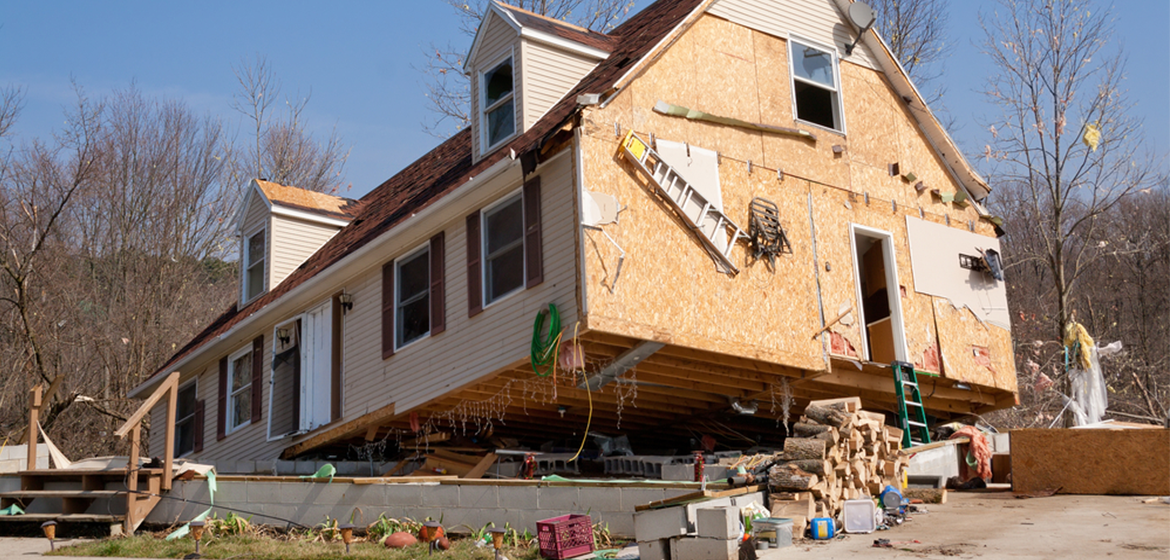Types Of Photos You Need For A Storm Damage Claim

Welcome to your one-stop resource for everything you need to know about photos for storm damage claims. Whether you’re located in sunny Florida or rainy Oregon, dealing with storm aftermath can be daunting. However, don’t let that cloud your judgment when it comes to protecting your interests.
Why Photos Matter in a Storm Damage Claim
First things first, why are photos important? Quite simply, they provide concrete, visual evidence of the damage sustained. With clear, well-shot photos, you’re not just relying on your words to convince your insurer of the damage incurred. You’re providing proof, which can make all the difference in a storm damage claim.
Identifying Types of Storm Damage
Every storm is unique, just like the damage it can cause. In areas like Delaware or Louisiana, you may have to deal with hurricanes, while Nebraska or Oklahoma might experience severe thunderstorms or tornadoes. The type of storm often dictates the kind of damage you might incur. Remember, a public adjuster can help you navigate this complex process. As opposed to insurance adjusters who work for insurance companies, public adjusters work for you, advocating for fairness and maximum claim settlements.
Crucial Photos for Your Claim
Here’s a quick rundown of the vital photos you need when documenting storm damage:
Exterior Damage Photos
Showcase the overall view of your property and zoom into the specific damaged areas. This might include a torn roof in North Carolina, hail damage in Texas, or fallen trees in Virginia.
Interior Damage Photos
Photos of affected interiors are equally crucial. This can range from leaked water stains on your wall paint to damaged appliances or furniture. Remember, these photos provide evidence of the extent and nature of the damages your property experienced.
Progression Photos
These photos serve to demonstrate the timeline of your damage and repair process. They’re instrumental in cases where the damage worsens over time or during the repair phase.
Utilizing Photos to Maximize Your Claim
To make the most of your claim, here are a few pro tips:
- Capture clear, high-quality photos.
- Use timestamps wherever possible.
- Document everything before starting any clean-up or repair work.
- Keep a backup of all photos.
How to Take Effective Damage Photos
Taking the right photos for a storm damage claim is not as straightforward as you might think. Here’s a step-by-step guide to ensure you’re capturing the most effective shots:
Understand What to Capture
Capture images that demonstrate the nature and extent of the damage. Don’t limit yourself to only taking photos of the most apparent damages; remember to capture minor details too.
Use Proper Lighting
Lighting is critical in photography, and this is no different for damage claim photos. Ensure the area is well-lit, but avoid using a flash as it can create glare or wash out the details.
Use the Rule of Thirds
The rule of thirds is a fundamental photography principle that suggests an image should be divided into nine equal parts. The critical elements should be placed along these lines or their intersections for a balanced and engaging photo.
Final Words
Documenting storm damage can be an overwhelming process. But with the right preparation, including comprehensive photo evidence, you’re well-equipped to tackle any storm that comes your way. Keep in mind that public adjusters are there to support you throughout this journey, ensuring you get the settlement you rightfully deserve.
Whether you’re in Colorado, Maryland, or any of the other 17 states we operate in, remember, we’re here to help you. Because when the storm clouds roll in, it’s good to know you’re not alone.